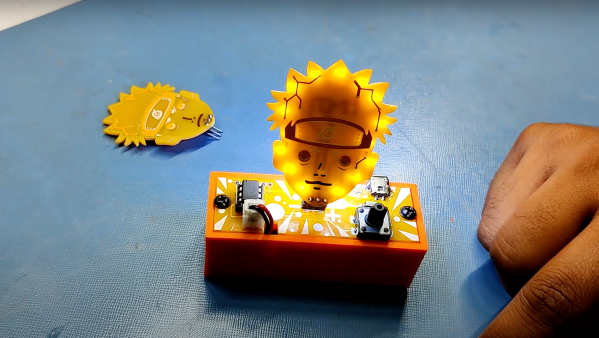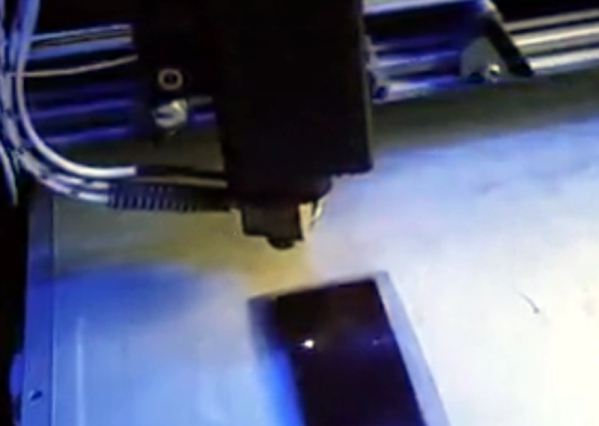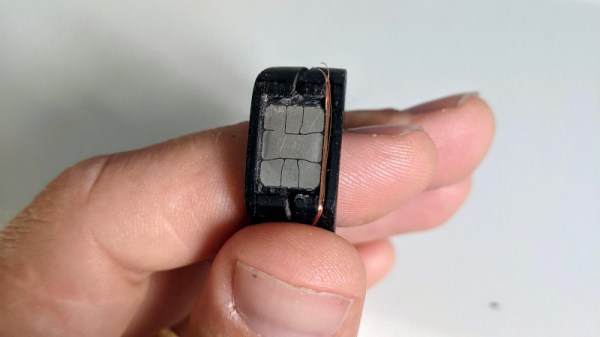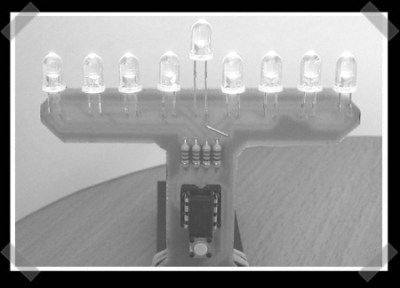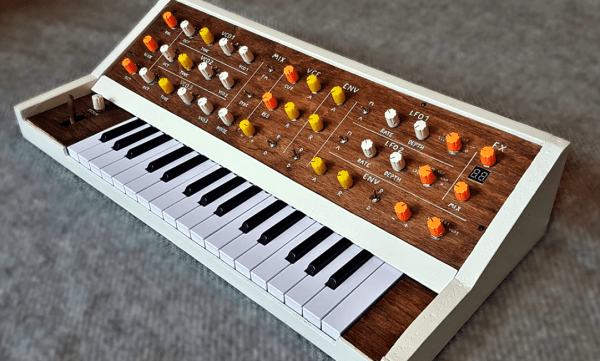This latest PCB artwork comes to you courtesy of [Arnov]. His Naruto nightlight is definitely going to get your anime-loving friends’ attention.
The LED illumination styles are controlled by an ATtiny13A microcontroller. He probably could have opted for a 555 timer with this one, but maybe he wanted easily programmable blinking patterns. He also programmed the ATtiny to read a small button which he used to cycle through different illumination styles. Finally, a small LiPo battery makes this project pretty portable, so you can reposition it freely around your work area as you might like.
With all that being said, the meat of this project is in the physical dimensional design of the PCB. [Arnov] was able to design the circuit board in the shape of Naruto’s head, with pretty good detail for his hair, eyes, and headband. If you’ve ever tried your own PCB art, you know that it can be a fairly onerous task. He creatively used the copper traces as features within the PCB, in this case, Naruto’s ninja headband. We thought the subtle decision of putting the LEDs on the backside of the PCB was smart as well. By doing so, he used the solder mask as a natural light defuser which really gave the PCB a cool, yellow glow. Carefully removing the copper layer and not using a copper pour really aided in the aesthetic. He was also smart to opt for yellow solder mask since Naruto’s hair is yellow.
All in all, two thumbs up [Arnov]. While you’re here, check out some other great PCB art around Hackaday.

